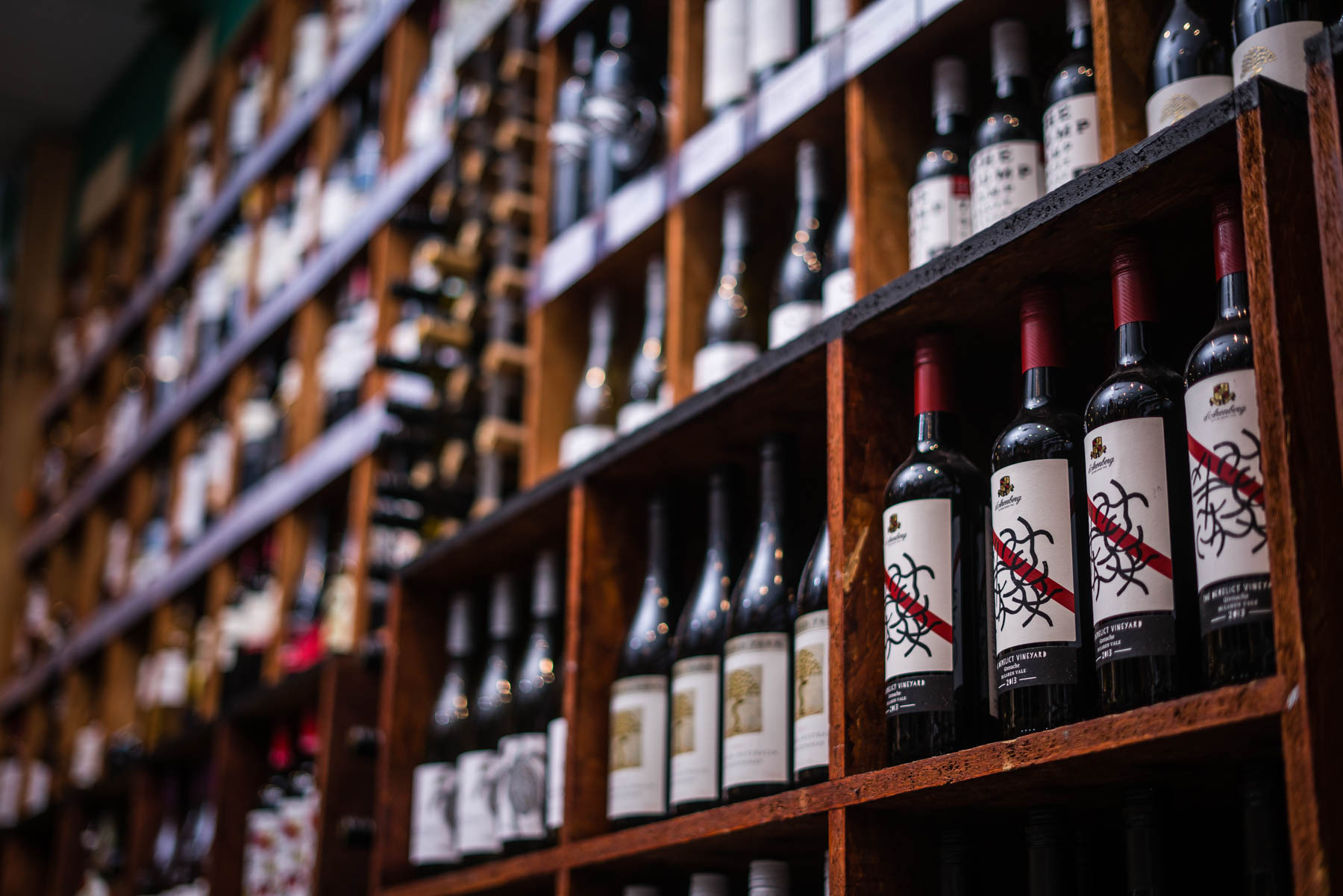NORTHERN ITALIAN IDYLL
Laura on 9 Oct 2017
Italy seduces at every level. The language, the culture, the cuisine, the landscape, the wines. Running over 700km from tip to toe, its multi-faceted, in just about every respect, captivating in its charm and beauty. I’ve been lucky enough to travel the length and breadth of this beautiful country and witness the wide diversity of traditions, food styles, climate, terrains and wines, and it’s one of my favourite places in the world.
The wines are as diverse as the regions and the climate, from the cool of the northern Alps, to the searing heat of Sicily. Tuscany has long been a favourite holiday haunt, with its magical Castello’s, cypress trees, rolling hills, picture perfect vineyards, and olive groves. Chianti is world famous.
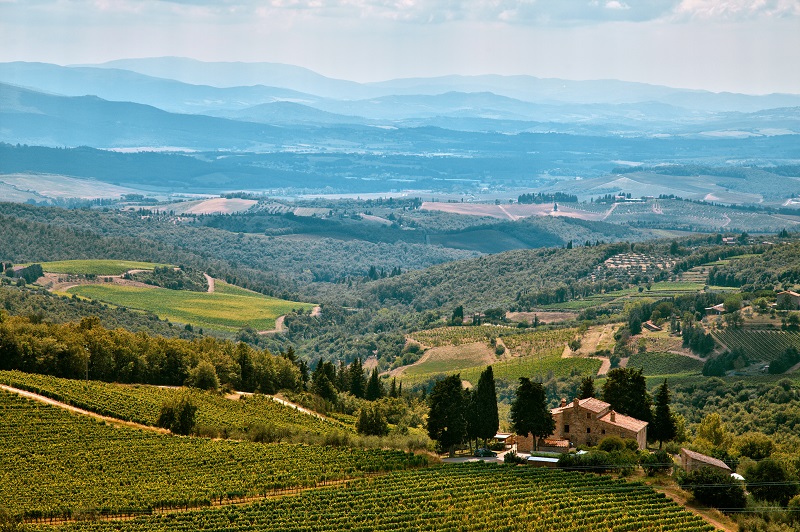
But so is Barolo. Unlike France, where most people know the difference between Bordeaux and Burgundy, Italy, with more grape varieties than anywhere else in the world, and a plethora of styles confuses. Names are familiar to many, but locations less so.
So this month I’m exploring the north west of this intriguing country, and putting a little bit of background to some of the most famous wines from the region. Piedmont, is the land of one of the most prized, evocative, expensive products in the world, white truffles, with their intoxicating scent and flavour, addictive to many; it is also famous for game, mist-covered mornings, spectacular autumns, a region boasting some of the most spectacular cuisine in the country. It’s about as far north west as you can get in Italy, nestled in the foothills (Piedmont means ‘foot of mountain’) of the soaring peaks of the French Alps to the west and north, and bordering the Mediterranean coastline of Liguria, the glittering beautiful Italian Riviera.
Chianti and Barolo are the most famous Italian wines; the former is produced from the sour cherry and lively plum flavoured Sangiovese grape in Tuscany; the latter from the deep, violet and licorice- scented Nebbiolo, which reigns supreme in Piedmont, the home of Barolo. Nebbiolo is a maverick grape, capable of creating some of the most magnificently dark and brooding wines in the world, but also sulkily turning out thin, harsh, fruitless wines in poor vintages if not treated with skilled hands and craftsmanship. Knowing the right producers is crucial.
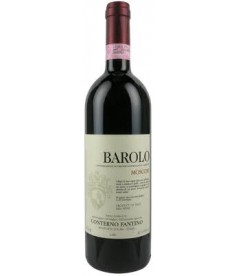 Conterno Fantino Barolo Vigna Del Gris 2011 is well worth the investment for a wine of concentrated, unique depth and beauty. The 2011 vintage was a forward wine, and the wines will keep for years, but this shows a perfumed, beguiling elegance, redolent of violets and rich dark fruits, ending with a spicy finish. Silky, sensuous, with endless depth and complexity. An absolute classic.
Conterno Fantino Barolo Vigna Del Gris 2011 is well worth the investment for a wine of concentrated, unique depth and beauty. The 2011 vintage was a forward wine, and the wines will keep for years, but this shows a perfumed, beguiling elegance, redolent of violets and rich dark fruits, ending with a spicy finish. Silky, sensuous, with endless depth and complexity. An absolute classic.
For a lighter style Barolo, try renowned producer Ascheri Barolo 2013, softer, bright, again with an intoxicating perfume, and more gentle, but perfectly formed structure.
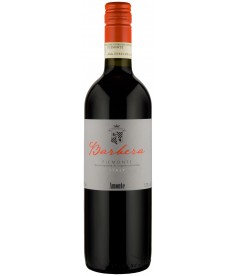 But you don’t have to spend a fortune to enjoy the red wines of Piemonte. Barbera is the other main red grape of the region, softer, more feminine than the more muscular Nebbiolo. For a great value, everyday drinking red try Amonte Barbera 2015 – bright, and breezy, with lively plum and cherry fruit, it’s a great midweek pasta wine, or great with a late summer weekend platter of prosciutto.
But you don’t have to spend a fortune to enjoy the red wines of Piemonte. Barbera is the other main red grape of the region, softer, more feminine than the more muscular Nebbiolo. For a great value, everyday drinking red try Amonte Barbera 2015 – bright, and breezy, with lively plum and cherry fruit, it’s a great midweek pasta wine, or great with a late summer weekend platter of prosciutto.
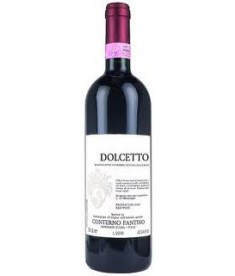 For a bright, softer, juicier style, Dolcetto is Piemonte’s other red grape variety, cheeky, lively, more modest, and perfect for those who prefer softer, unoaked styles. Conterno Fantino Dolcetto d’Alba Bricco Bastia 2016, is just the ticket, shimmers with bright ruby colour, and seduces with its ripe, juicy, opulent plum and raspberry character, and pure fruit character. Perfect with herb-dusted chicken, and slow roasted pork belly.
For a bright, softer, juicier style, Dolcetto is Piemonte’s other red grape variety, cheeky, lively, more modest, and perfect for those who prefer softer, unoaked styles. Conterno Fantino Dolcetto d’Alba Bricco Bastia 2016, is just the ticket, shimmers with bright ruby colour, and seduces with its ripe, juicy, opulent plum and raspberry character, and pure fruit character. Perfect with herb-dusted chicken, and slow roasted pork belly.
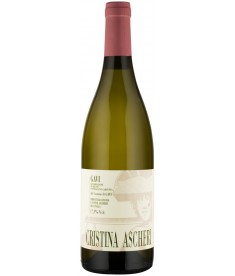 White wines are often overshadowed in this region of red wine kings, with their heady character, but don’t ignore the delightfully elegant, creamy and smooth whites from the region. Ascheri Gavi di Gavi 2016, is squeaky clean, and taut as a finely-tuned violin string. Oozing style and elegant restraint, it’s a super-cool, nervy dry white from the Cortese grape, produced by Matteo Ascheri, a vinous master craftsman. Creamy, refreshing, and packed with bright lime, grapefruit, pithy lemon and green apple character, it shimmers with zestiness and tang. Polished. Sophisticated. Try this one with all manner of seafood, lemon-infused seabass, and creamy prawn linguine.
White wines are often overshadowed in this region of red wine kings, with their heady character, but don’t ignore the delightfully elegant, creamy and smooth whites from the region. Ascheri Gavi di Gavi 2016, is squeaky clean, and taut as a finely-tuned violin string. Oozing style and elegant restraint, it’s a super-cool, nervy dry white from the Cortese grape, produced by Matteo Ascheri, a vinous master craftsman. Creamy, refreshing, and packed with bright lime, grapefruit, pithy lemon and green apple character, it shimmers with zestiness and tang. Polished. Sophisticated. Try this one with all manner of seafood, lemon-infused seabass, and creamy prawn linguine.
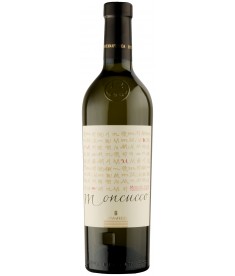 At the other end of the scale, from the Alba area comes the frivolously sweet Asti Spumante, derided over the years, but a much underrated, deliciously frothy, lively fizz. Equally good, Is Moscato d”Asti, in this Case Fontanafredda Moscato D’Asti Moncucco 2016, with its light, fragrant, honeysuckle-infused style – and with only 5.5% alcohol, a great lunchtime or afternoon alfresco drink.
At the other end of the scale, from the Alba area comes the frivolously sweet Asti Spumante, derided over the years, but a much underrated, deliciously frothy, lively fizz. Equally good, Is Moscato d”Asti, in this Case Fontanafredda Moscato D’Asti Moncucco 2016, with its light, fragrant, honeysuckle-infused style – and with only 5.5% alcohol, a great lunchtime or afternoon alfresco drink.
If you’ve played safe with Italian wines so far, know Barolo and Chianti, but haven’t experimented further, it’s well worth the journey to discover the lesser-known gems.
By Angela Mount

